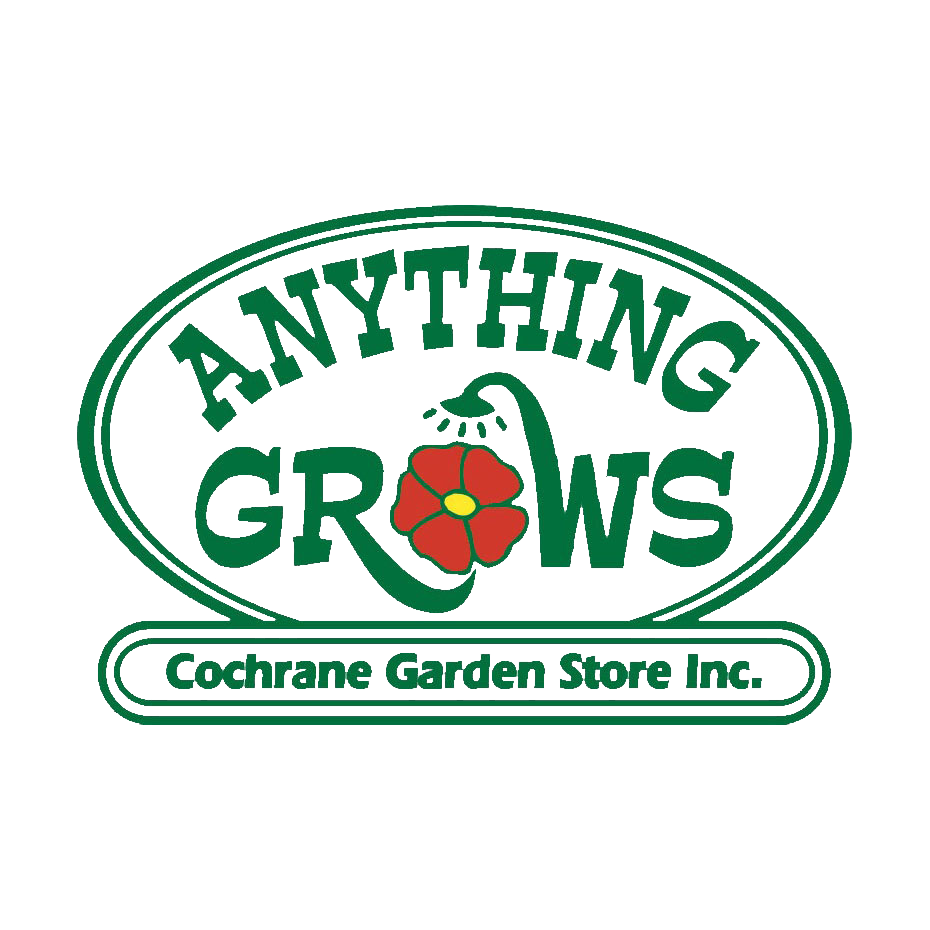
Mulching
Mulching refers to much more than just bark. Mulching means to cover the soil with some kind of material. There are two types of mulch; inorganic and organic. Inorganic mulch includes things like rock, recycled rubber products, geotextile fabric, etc. Organic mulch includes things like shredded bark or bark chips, compost, old leaves, etc, basically anything that will break down.
Overuse of certain kinds of mulch such as leaves or grass clippings can negatively affect the ph and nutrient balance of the soil. Organic mulches add nutrients as they break down and benefit the soil. Bark mulch is very popular because it breaks down slowly and therefore doesn’t need to be replaced as often. Also it offers nice visual appeal.
Benefits of proper mulching
- Helps retain moisture which results in less watering as well helps keep the soil cooler which benefits the plants on warm summer days.
- Insulates the soil and helps keep it warmer in the winter time.
- Improves soil structure (when using compost or manure or other quick decomposing material) by helping build the humus level in the soil. Humus helps bind the soil and improves aeration.
- A thick layer of mulch 2″-4″ can help reduce annual weeds from sprouting. Some weeds may still sprout but will stretched as they reach for the surface and are easily pulled. Herbacides could also be used.
When and How to Mulch
Mulching is generally done in the springtime (May) as the soil begins to warm. This way you can retain the spring warmth in the soil to promote new growth. You don’t want to have too much mulch. Too much can start to suffocate the plants. A good rule is have no more than 2″-4″ of mulch down. You should leave the base of plants exposed by pulling mulch back a few inches around the trunks and stems of trees and shrubs. If you are using a bark mulch or wood chips you might only need to apply every other season or so. Quick decomposing materials such as compost or leaves will need to be applied annually.
Applying mulch in the fall season is beneficial because it ensures the soil stays warmer over the winter. Before any mulch is applied you should try to remove as many weeds from the area as you can, if there are any. In the springtime when applying mulch you should remove any weeds and all debris including previous years leaf fall. This is where the bugs will be hiding! These leaves and debris are great for composting which can be used as insulator mulch in the fall.
Mulch wider!
All plants that are mulched will benefit more when the mulch is to at least the dripline. This is roughly inline with the outermost edge of the branches all the way around the plant. This is considered the approximate location where the roots mass extends to. Mulching this whole area insulates more of the root for all the plants and provides the benefits of mulch to the entire root area.




